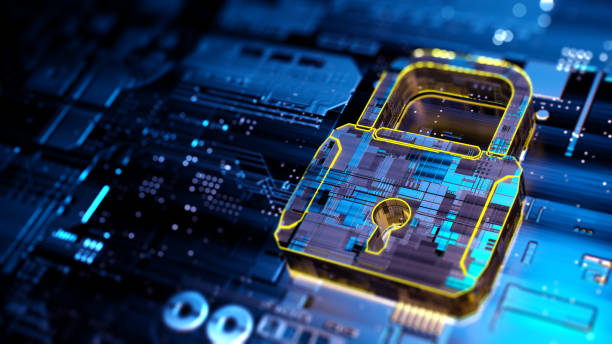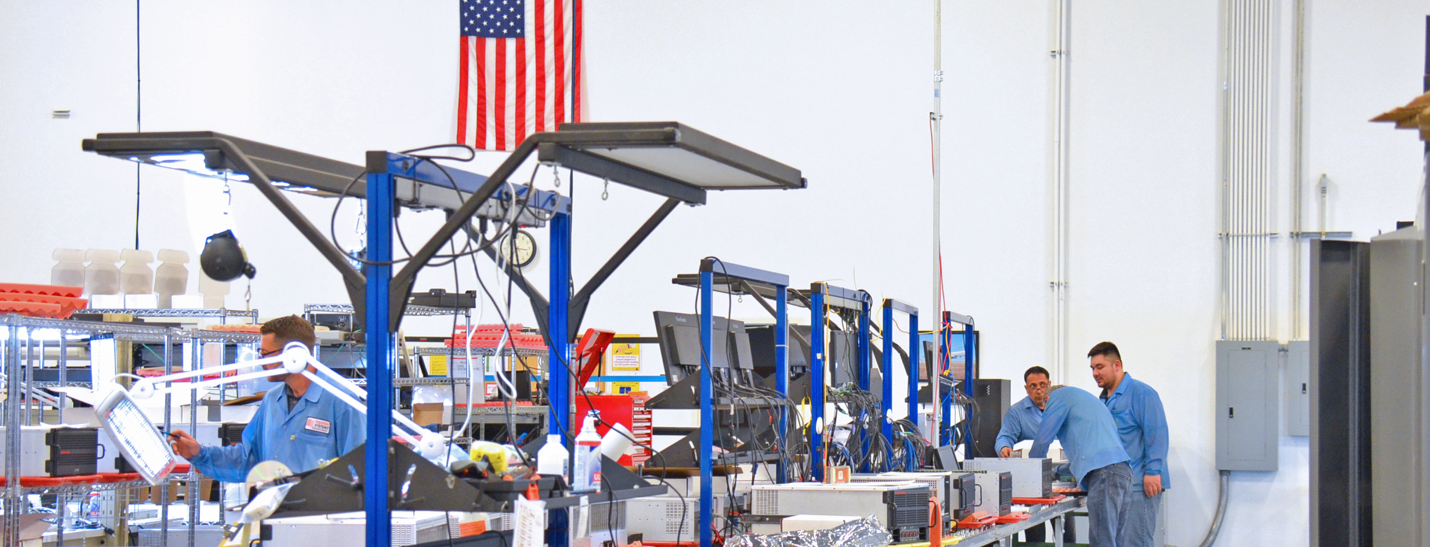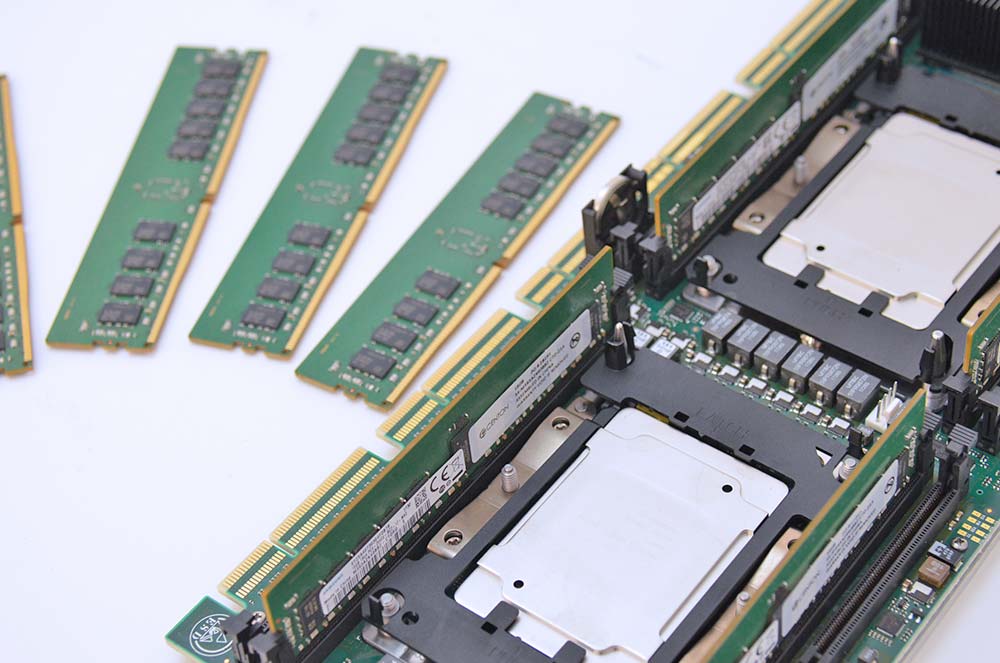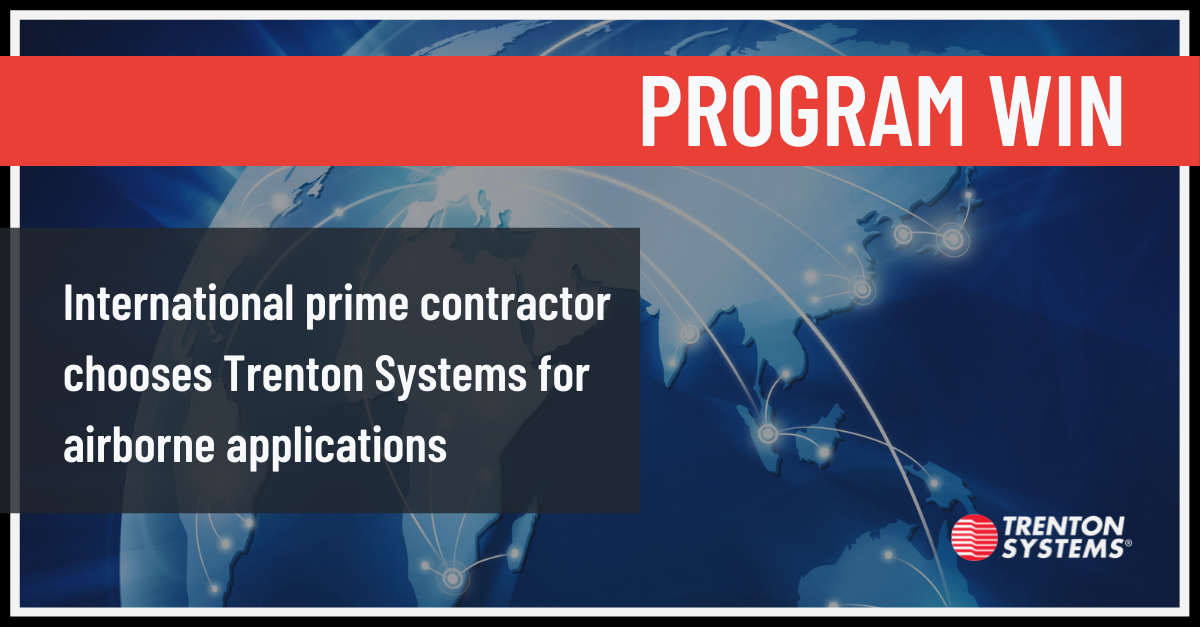Intel® PFR, SGX, and TME in Action: Use Cases and Applications
by Christopher Trick on Sep 7, 2022 12:18:44 PM
As cyberattacks increase in sophistication, security measures must evolve to boost protection against these ever-evolving threats to create a secure foundation, guard workloads, and enhance software resilience. In this blog, we'll take a look at three Intel® hardware-enabled technolog …
What is Intel® FlexRAN?
by Christopher Trick on Aug 22, 2022 3:52:35 PM
The amount of available data has exploded, increasing demands on networks to quickly process, analyze, and forward this data. Current network architectures, however, are insufficient to handle such workloads. In the blog, you'll learn what Intel® FlexRAN is and how it helps make vRAN …
What is Intel® Smart Edge?
by Christopher Trick on Aug 17, 2022 3:35:05 PM
Intel® Smart Edge is a portfolio of software offerings that delivers optimized solutions using Intel® architecture for customers across a wide range of industries. In this blog, you'll learn more about Intel® Smart Edge and how it can help quickly and efficiently deploy edge-centric n …
Which GPUs Can Our Solutions Support? Comparisons and Use Cases
by Christopher Trick on Aug 11, 2022 10:47:25 AM
Many computers are equipped with GPUs (graphics processing units) that help take on complex tasks like graphics rendering and artificial intelligence, primarily due to their ability to divide up and process workloads among many cores. In this blog, you'll learn about the different GPU …
Supply Chain 2022 Q&A: What You Need to Know
by Yazz Krdzalic on Jul 26, 2022 9:23:30 AM
Since the start of COVID, the global supply chain has been fraught with shortages, extended lead times, and astronomical cost increases. Additionally, Chinese and Taiwanese manufacturers have drastically reduced production at the same time demand for new technologies used in all sorts …
How Many Cores are Enough?
by Christopher Trick on Jul 18, 2022 4:42:09 PM
CPUs contain processors called cores, which take data inputs and perform computational tasks. The speed and efficiency of a CPU, however, depends upon the number of cores it has. In this blog, you'll learn the advantages and disadvantages of high core count and low core count processo …
CHIPS Act: Why USA-Made Computing Matters Now More Than Ever
by Michael Bowling on Jul 12, 2022 9:14:20 AM
USA-made computing is vital to our country’s economic and national security interests. The pandemic has highlighted the fragility of our supply chain as well as the importance of ensuring the world’s fabs are more geographically diverse. Our national security also relies on the US bei …
Volatile Memory vs. Nonvolatile Memory: What's the Difference?
by Christopher Trick on Jul 6, 2022 2:18:03 PM
Computers contain two primary types of hardware-based memory: volatile memory and non-volatile memory, the biggest difference between the two being whether memory remains on the computer after it is switched off. In this blog, you'll learn more about the differences between volatile a …
DDR4 SDRAM Frequency Comparison
by Christopher Trick on Jun 28, 2022 10:24:30 AM
Computers use a form of volatile memory called random access memory (RAM), which aid in the rapid retrieval of data and applications currently in use. This helps to increase efficiency as well as data transfer rates. In this blog, you'll learn about the main frequencies of DDR4 (Doubl …
International prime contractor picks Trenton for airborne applications
by Christopher Trick on Jun 27, 2022 4:27:55 PM
/Trenton%20Systems%20Circular%20Logo-3.png?width=50&height=50&name=Trenton%20Systems%20Circular%20Logo-3.png)




